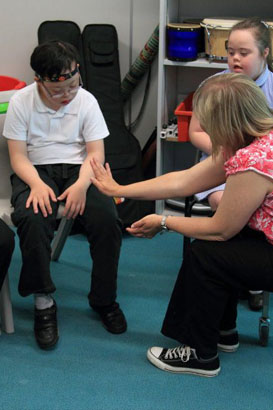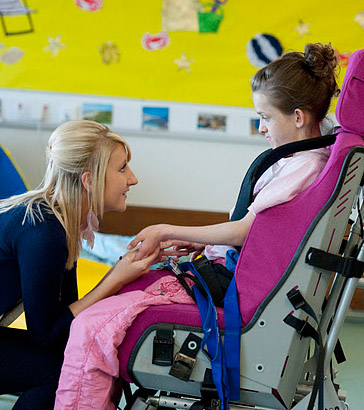

Person-centred planning and approaches offer powerful
ways of listening to young people and enabling them to plan their futures. Person-centred planning is rooted in inclusion
and equal rights and can be used to enable.
Department of Health, 2010b

Person-centred planning refers to a philosophy or set of values based on the idea that care planning should begin with the individual (Department of Health, 2001). It can also be thought of as a set of tools designed to help people with intellectual disabilities and help services make plans which reflect an individual's desires and aspirations (Sanderson et al, 1997).
(Matousova-Done and Gates, 2006)
Different schools have different Care Plan pro formas. Have a look at this example of a care profile for a pupil with cerebral palsy and cerebellar visual impairment.

Health care plans maintain and improve quality of life for a child or young person with SLD/PMLD/CLDD by detailing how their needs are to be met. Constructing and delivering these plans will involve the children or young people themselves (at an accessible level), their families and carers, and a range of professionals and information sources.
Taking a holistic perspective, the plans will reflect the child or young person's full range of assessed needs in different areas. They may have a particular emphasis depending on the relevant purposes and functions of the plan.
The plans will take into account:
- The child or young person's referred communication style.
- Planning for independence and choice.
- Consistency of approach.
- Privacy and dignity issues (eg cultural, religious considerations).
A child or young person's plan may include some of the following:
- The child or young person's different areas of need.
- Related triggers, signs, symptoms,
medication, treatments, etc.
- What the child or young person will do and how they will do this.
- How the child or young person can and will do this.
- Their present and future support needs.
- Related principles, protocols and expectations.
- An action plan, including responsibilities and timing.
- Guidelines relating to emergency and risk situations.
(Compiled with reference to Matousova-Done and Gates, 2006; Lenehan, 2004)

Department of Health (2010a) Personalisation through Person-Centred Planning. London: DH Publications.
Department of Health (2010b) Person Centred Planning: Advice for using person-centred thinking, planning and reviews in schools and transition. London: DH Publications.